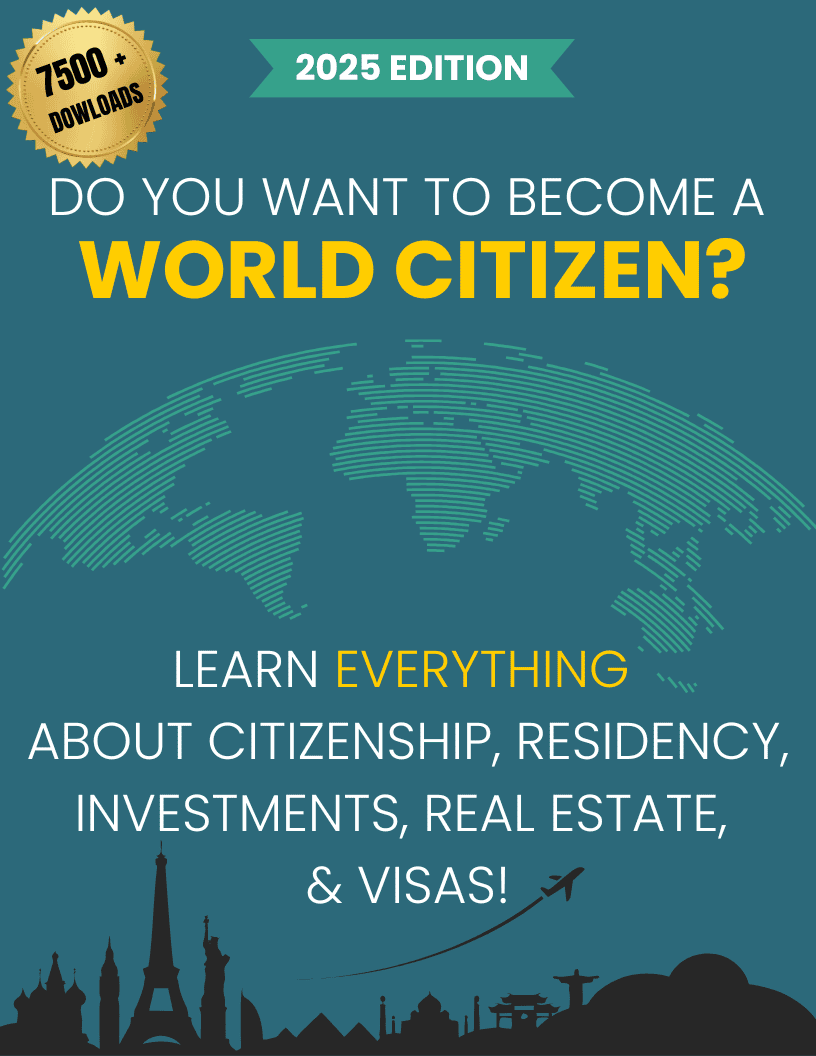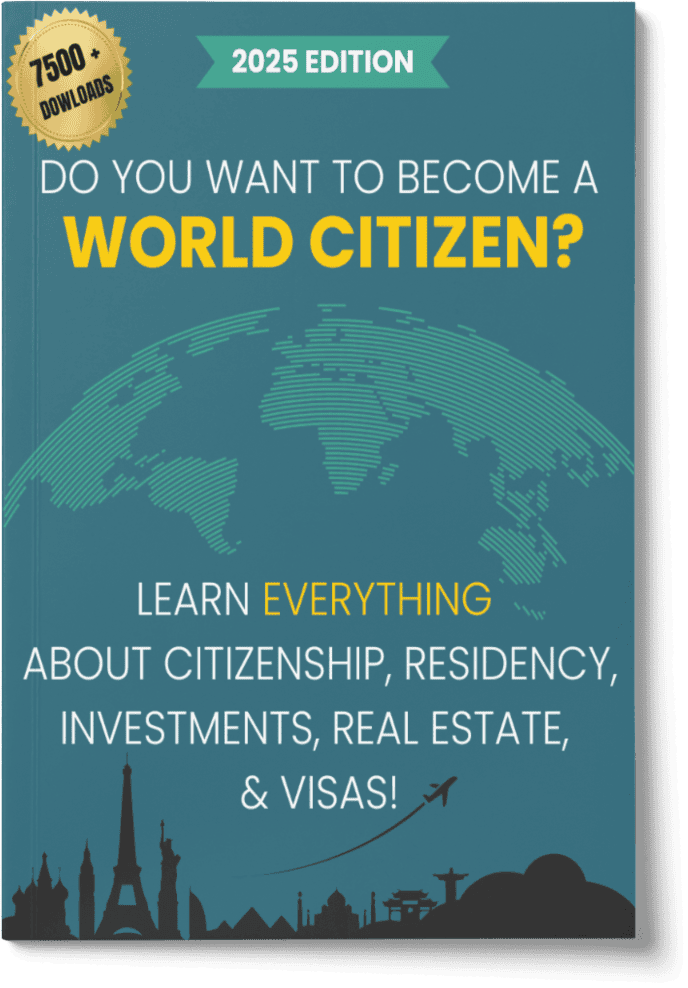What Are Student Visas?
Boost Your Freedom Without Compromise.
- Who offers the CHEAPEST program available.
- Who offers the BEST program available.
- What you need to qualify?

- Student visas are issued to individuals who have been accepted into educational programs abroad, allowing them to study at institutions outside their home countries.
- Requirements vary by country, including proof of acceptance into an educational institution, evidence of financial support, and sometimes language proficiency.
- Common conditions include restrictions on employment, requirements to maintain a certain academic standing, and the duration of stay aligned with the study program.
- International students can apply for a student visa through the consulate or embassy of the host country, often after receiving an acceptance letter and proving financial capability.
- After completing their studies, students may have options to extend their stay through work visas, permanent residency applications, or other educational opportunities, depending on the host country's immigration policies.
Are you considering a student visa for your international academic pursuits?
Navigating the world of international education can be thrilling, but the process of obtaining a student visa often brings with it a myriad of questions and concerns.
In This Article, You Will Discover:
Our expertly researched guide aims to shed light on the essentials, helping you embark on your global educational journey with confidence.
Read on for more information about the regions that offer student visas…
- Who offers the CHEAPEST program available.
- Who offers the BEST program available.
- What you need to qualify?
 Free Consultation
Free Consultation Easy to Use
Easy to Use 100% Safe & Secure
100% Safe & Secure
Student Visas: An Overview
A student visa is designed for individuals who wish to pursue academic or vocational studies in a foreign country.
With globalization and the pursuit of world-class education, student visas have become crucial to international migration and academic mobility.
Here are some basics you should understand:
Purpose of Student Visas
The primary aim of a student visa is to allow foreign nationals to study at educational institutions in a host country.
This includes universities, colleges, schools, and vocational training centers.
It ensures the legitimacy of the student's stay and intentions in the foreign nation.
4 General Rules & Regulations of Student Visas
Rules and regulations vary considerably from one country to another.
Generally, students need to:
- maintain a certain academic performance level.
- inform immigration if they change their course or educational institution.
- follow the work restrictions, if applicable.
- inform authorities of any change in address or personal circumstances.
Country-specific rules and regulations exist too, so refer to our articles for more insight.
3 General Limitations of Student Visas
Students who want to apply for a student visa must know the limitations of their study visa.
Below, we've listed the most relevant limitations:
- Work restrictions: Many countries limit the weekly hours a student visa holder can work.
- Course requirement: Students generally need to remain enrolled in a full-time course for the duration of the visa’s validity.
- No permanent stay: A student visa is temporary, meaning it doesn't lead directly to permanent residency.
Student Visa Application Process
Applying for a student visa is a multi-step process that requires careful attention to detail.
Understanding the various components involved, from consular processing to online travel authorization, can make the journey much smoother.
Learn More: Visa Application Process
Top 5 Global Regions of Student Visas
Visas aren’t the same in every country, as you might know.
So, to make your life easier, our WorldPassports team has put together information on the top 5 regions around the globe that offer student visas.
Let’s check it out together.
Australian Student Visas
Australia is a hotspot for higher education, known for its top universities and quality of life.
With various visa subclasses tailored to different study needs, Australia offers opportunities for school-aged learners, vocational education and training attendees, and higher education students.
Each visa subclass has criteria, but all aim to simplify access to Australia’s diverse educational offerings.
The 8 visa types are:
- Independent ELICOS Sector visa (subclass 570)
- Schools Sector visa (subclass 571)
- Vocational Education and Training Sector visa (subclass 572)
- Higher Education Sector visa (subclass 573)
- Postgraduate Research Sector visa (subclass 574)
- Non-Award Sector visa (subclass 575)
- Foreign Affairs or Defence Sector visa (subclass 576)
- Student Guardian visa (subclass 580)
Learn More: Australian Student Visas
Canadian Study Permit
Canada's reputation for quality education and an inclusive society makes it a preferred choice for students seeking study abroad experiences.
Canada doesn’t have different types of student visas like some other countries; they issue study permits to international students.
With this permit, you're not just a visitor but a temporary part of the Canadian mosaic, with the opportunity to learn, study, work, and grow.
Learn More: Canadian Study Permit
US Student Visas
The US is home to several Ivy League and globally recognized institutions, and a dream study destination for many current or prospective students.
There are 3 visa types in the US:
- F-1 visa: This is the most common type of student visa for those wishing to engage in academic studies in the US.
- J-1 visa: This visa is perfect for students, scholars, and exchange visitors participating in programs that promote cultural exchange, especially to obtain medical or business training within the US.
- M-1 visa: This visa is for students who wish to pursue non-academic or vocational study or training in the US.
Learn More: US Student Visas
UK Student Visas
The UK remains a top study destination with its historic universities and rich cultural backdrop.
Employers value degrees from UK universities highly, and studying there’s less expensive than in other nations due to their shorter course lengths.
This region boasts 3 student visas:
- Tier 4 (General) Student visa
- Short-term study visa
- Child Student visa
Learn More: UK Student Visas
Schengen Region Student Visas
The Schengen Area, comprising 26 European countries, allows for passport-free movement for students within its borders.
Students in Europe live in excellent living conditions and have access to bustling cities, historical attractions, natural marvels, and a varied range of communities.
There are 4 types of visas in Europe:
- Short-stay Schengen visa (Type C visa)
- Long-term national student visa (Type D visa)
- Student mobility programs visa
- Visa for internship
Learn More: Schengen Region Student Visas
Common Questions
Can I Work While on a Student Visa?
What Are the Financial Requirements for a Student Visa?
Can I Convert My Student Visa to a Work Visa After My Studies?
How Much Does It Cost to Apply for a Student Visa?
Do I Need Health Insurance to Study on a Student Visa?
What Happens If My Student Visa Is Rejected or Expires While I’m Still Studying?
In Conclusion
Student visas play a pivotal role in facilitating international education.
Students can make informed decisions about their overseas academic journey by understanding the specific requirements and provisions of each region or country.
Always consult the country's official immigration website or authorized consultants for up-to-date and detailed information.
Do you want to learn more about visas?
Check out our selection of articles on the topic.
Learn More: Visas
- Who offers the CHEAPEST program available.
- Who offers the BEST program available.
- What you need to qualify?
 Free Consultation
Free Consultation Easy to Use
Easy to Use 100% Safe & Secure
100% Safe & Secure







